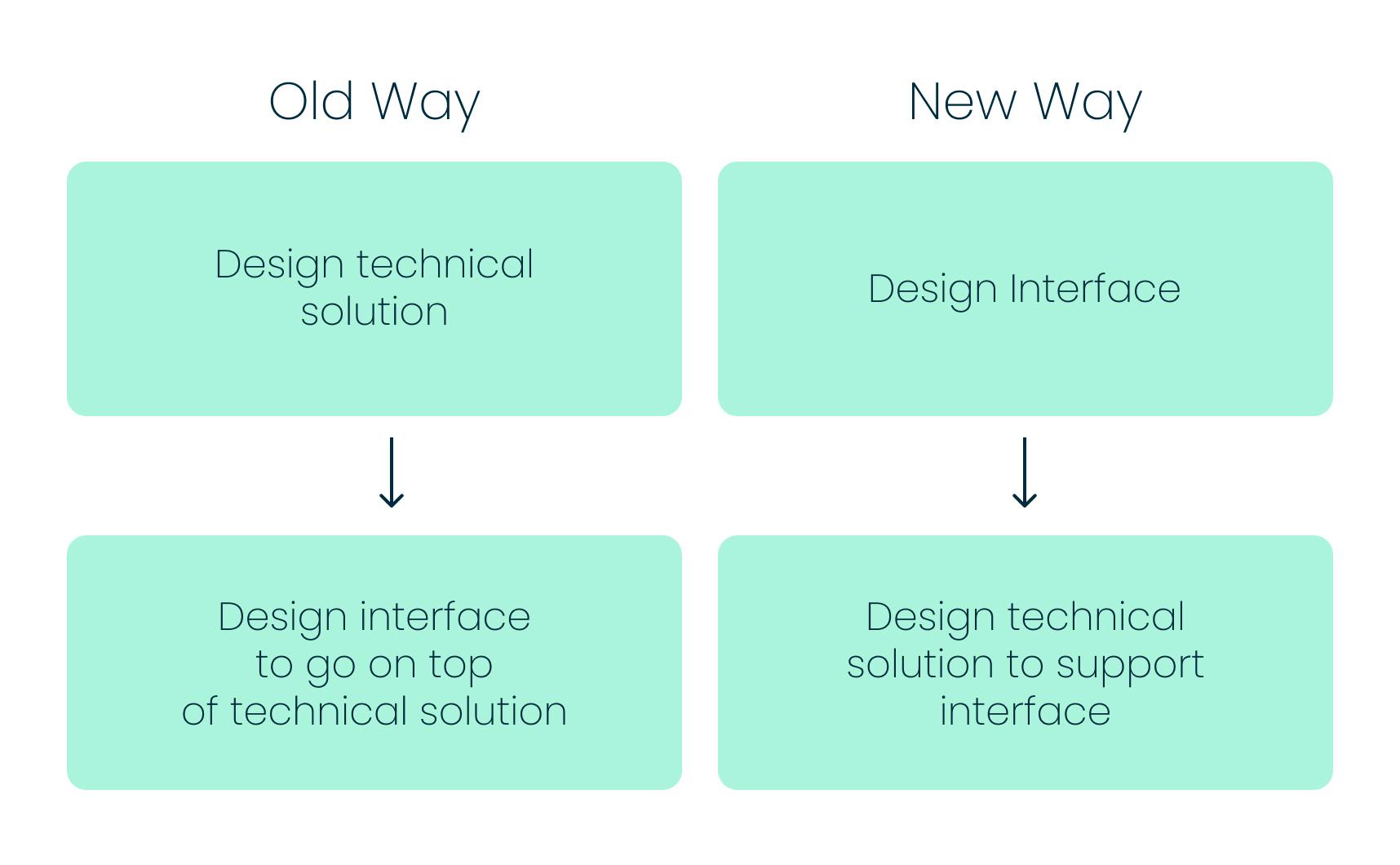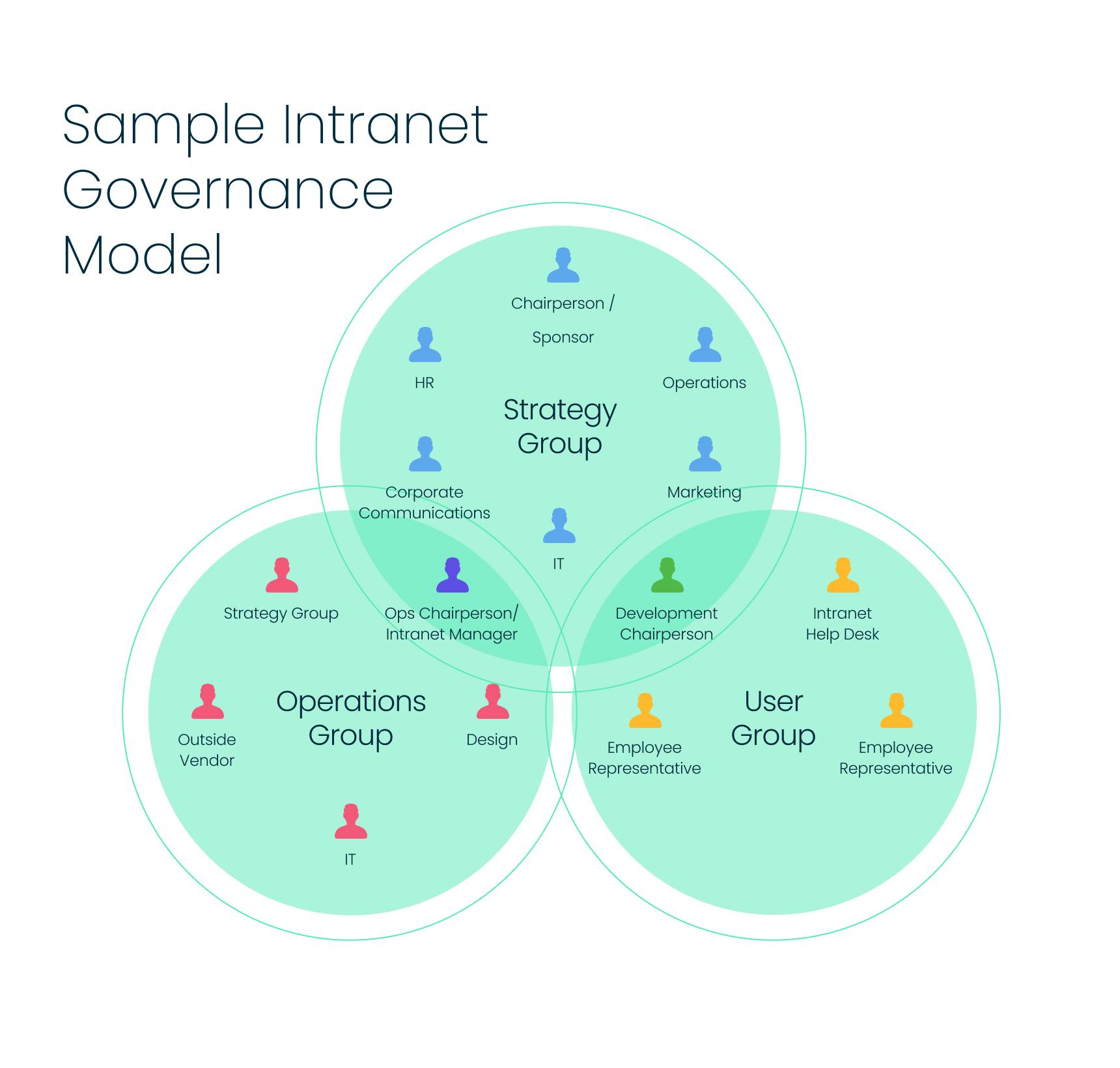Designing a world-class intranet: 7 key steps

When built correctly, intranets can be incredibly useful for a streamlined digital workplace
So you’ve been tasked with redesigning your organization’s intranet — or designing it from scratch. Where do you start? By any measure, it’s a daunting challenge. The number of factors that need to be taken into account can be overwhelming.
But the opportunity is equally breathtaking. A well-designed intranet does more than store documents and publish company news. It galvanizes your organization around key information, enhances profitability, and provides you with a powerful competitive advantage.
The companies that have achieved the greatest success with their intranet say the secret lies in proper approach and planning. While each of these organization’s intranets is unique, their approaches share common themes. Here they are broken down into seven concise steps:
Step 1: Get the big picture straight
From the beginning, it is critical to establish a clear vision for your intranet. Many intranet teams have a tendency to begin and end in the details.
Start by answering questions such as “What is the intranet for?” Challenge your assumptions. Do you even need a new intranet? If so, do you need to redesign everything, or just a few key areas? Do you just need a new integration?
These questions are part of a needs analysis, which should be done at the beginning of every intranet project. A needs analysis lets you take a good hard look at the needs of your business, the needs of your staff, and the current practices of your organization. Only at this point can it be decided where your efforts should be directed. A thorough needs analysis typically involves traditional research techniques such as staff interviews, surveys, and workplace observation.
Researching intranet best practices is also helpful at this stage, as is analyzing the traffic data from your existing intranet to understand which site areas and resources are in demand – and which aren’t.
Step 2: Design around people, not features
When developing their intranets, companies often make significant investments in consultants, technology, hardware, and design. Yet despite these efforts, a large percentage of intranet projects fail to meet expectations.
These failures are often due to the oversight of one fundamental premise: know your users and plan everything with them in mind. This mantra is not always self-evident, nor is it easy to follow. Many intranet projects are quickly derailed by stakeholders who confuse their needs with those of their users, or political agendas that override design best practices.
An intranet is only a valuable resource to your staff if it is easy for them to use and appropriate for their needs.

That’s why the single most important thing you can do to ensure the success of your intranet is to follow a user-centered design process.
User-centered design is a best practice in which the needs, wants, and limitations of a product’s users are given close attention throughout the design process. The chief difference from traditional software design is that user-centered design tries to optimize the user interface around how people want and need to work, rather than forcing them to change how they work to accommodate the system.
Intranets provide a special opportunity to involve users closely in the design process because the users are also your colleagues and often reside in the same building or within the same digital ecosystem.
Step 3: Treat your intranet as a company project, not an IT project
For a great many organizations, intranet planning begins and ends in the IT department. While IT must always be responsible for maintaining the technical infrastructure and development aspects of the intranet, this is only a small part of the intranet as a whole.
Intranet teams also need strong communication and content skills. As a consequence, they are increasingly moving into other areas of the organization. For example:
- Corporate Communications: Internal communications or public affairs teams have the communications and content skills needed to drive an intranet, and therefore make important intranet stakeholders.
- Human Resources: Human resources (HR) is often the publisher of the greatest volume of intranet content, making it another key stakeholder.
- IM or KM: With the establishment of ‘information management’ (IM) or ‘knowledge management’ (KM) departments within many organizations, it makes sense to make management of records and documents a core part of your intranet team.
Whichever department ultimately “owns” your intranet, a group effort will be required by IT, communications, HR and other stakeholder groups, because no one department will have the required skills and resources to fully deliver on and manage it. For this reason, a broad governance model must be established that allows all of these groups to participate in the development and maintenance of the intranet.

Even if a formal governance model is not possible for your organization, informal relations between these groups will ensure an effective and sustainable intranet.
Experience shows that successful intranet teams have the following characteristics:
- A genuine interest in meeting staff (and business) needs
- Strong people and communications skills
- The right mix of technical, business, usability, and web design knowledge
- Sufficient time and resources to devote to continually drive the intranet forward
Step 4: Start small and build on incremental successes
The phrase ‘trying to boil the ocean’ refers to tasks that are clearly and heroically impossible. This is what many intranet teams take on when they try to redesign every part of their 4,000-page intranet or try to make their first intranet a best-in-class effort with all the bells and whistles.
Regardless of whether you’re developing a new intranet or redesigning an existing one, you will have an enormous range of issues and needs to address. To avoid becoming overwhelmed, a phased approach should be taken, starting small and expanding your feature set and user base over time.
“Starting small” doesn’t have to mean addressing a small number of users. While the first phase should be simple and should prove the power of your intranet as a business tool, it should also be of benefit to as large a part of your user community as possible.
Some companies select an HR or corporate communications function for the first phase because both groups need to share information with the entire organization. Another option is to automate an important process first, such as benefits selection, because it’s both valuable to every staff member and highly impactful to the organization.
Wherever you choose to start, build upon your successes by continuing to address other high-usage and high-value audiences as you go, saving more marginal features and content for later project phases. This also ensures the highest possible benefit when budget trade-offs are required.
Step 5: Beware of hyped technologies
Technology and hype go hand-in-hand. The temptation to keep up with this cycle can be especially hazardous for resource-strapped intranet leaders.
The latest technologies can be quite effective when used appropriately. For example, social features can be successful on intranets because a company’s employees are an authentic community with a shared interest: their mutual success in the business.
However, it’s just as common to find hot new features that get in the way of users or simply don’t matter to their core needs. When this happens, it’s usually because the feature was deployed as an end in itself (e.g. to be “cutting-edge”), and not in response to a demonstrated business or user need.
The bottom line? While appropriate new technologies can be beneficial, advanced features are rarely the most important contributor to a successful intranet. When you get swept up in the hype, you risk diverting valuable attention and resources from the simpler things that matter more to your business.
Step 6: Let your brand be your guide
For most large organizations, their intranet is where employees get their news, interact with project team members, engage with corporate leadership, perform administrative tasks, and get training. Every facet of the organization is represented on your intranet. So, if your brand is important to your organization, your intranet should embody what your brand stands for and what it means to your employees.
In fact, if the quality of your intranet experience doesn’t reflect your organizational mission and values, no amount of wall posters, employee newsletters, or training sessions will overcome the reality that your employees experience online every day.
Step 7: Build interest and excitement
The introduction of a new intranet is a major change for any organization. And nobody likes to have change forced upon them.
An internal marketing campaign is a great way to introduce your new intranet and help employees prepare for it. Talk about your plans, but make sure to address employees’ primary question: “What’s in it for me?”
Talk about how the tool will improve their day-to-day lives and make tasks easier. If a prototype is available, demonstrate it, being sure to show specific examples that they will find beneficial.
Getting staff involved early and getting them excited about the changes will help to ensure that your considerable intranet investment pays off with maximum user acceptance and usage.
Some internal marketing ideas to build excitement:
- Company-wide meetings
- Print and email marketing campaigns
- Animated product demos
- Staff surveys and contests (e.g. invite staff to name the intranet)
Build your ideal intranet with Modus
As an experienced consultancy with a strong track record of successful digital workplace solutions, we understand the critical factors for a best-in-class intranet that meets users’ and organizational needs. If you’re looking for support in navigating your next intranet project, we’d love to hear from you.



